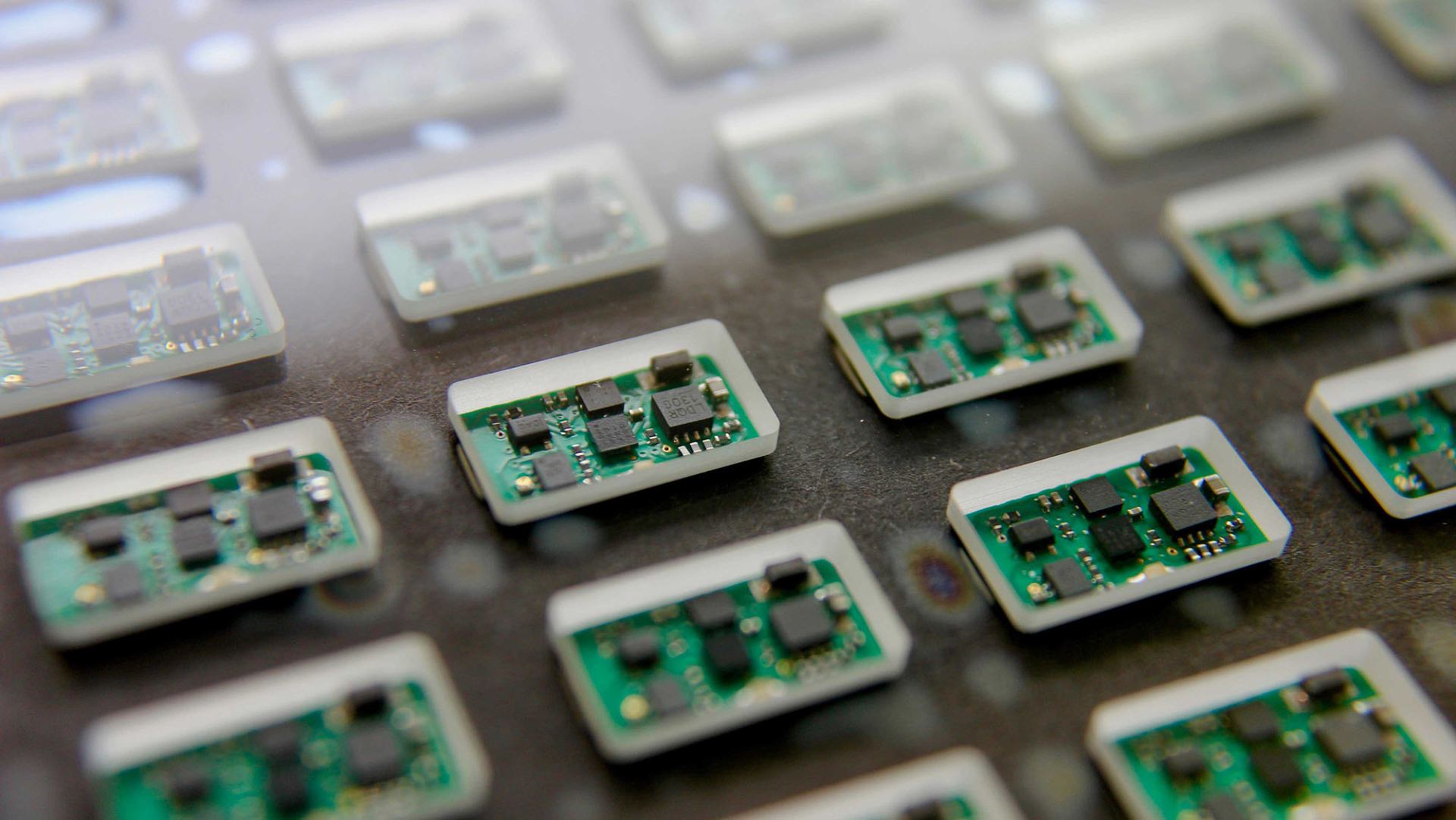
Spinal Cord Injury
Spinal cord injury (SCI) occurs when there is damage to the spinal cord that blocks communication between the brain and the body. Researchers in the Texas Biomedical Device Center (TxBDC) are developing Targeted Plasticity Therapy (TPT) to reorganize the nervous system to treat spinal cord injury with the goal of dramatically reducing the cost of delivery of this therapy to patients. TxBDC’s recent clinical research has demonstrated the potential to treat tinnitus and improve motor function in stroke patients. We fully expect to extend this success to patients with spinal cord injuries, multiple sclerosis, and epilepsy in the near future.
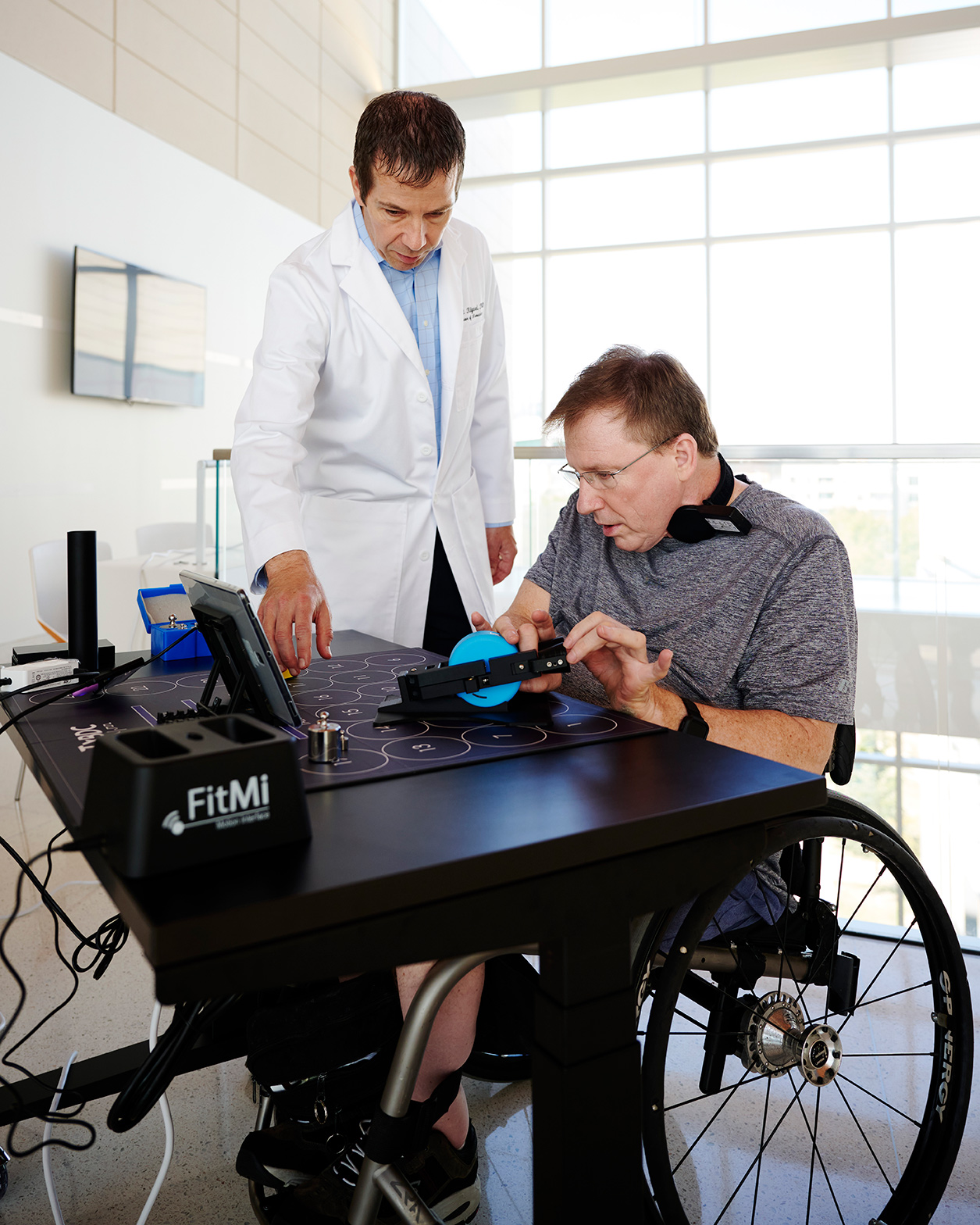
Technology To ReWire the Nervous System
TxBDC has developed technology to guide the recovery of arm and leg movements after a brain injury or disease. The technology uses sensors to monitor movements and trigger the ReStore vagus nerve stimulator, strengthening specific neural connections. The RePlay System monitors hand movements as patients play games, triggering stimulation of the vagus nerve, allowing patients to improve arm movements using an app on their smartphone and at home.
Technology for Upper Limb Rehabilitation
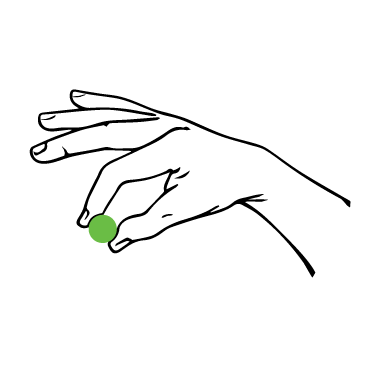
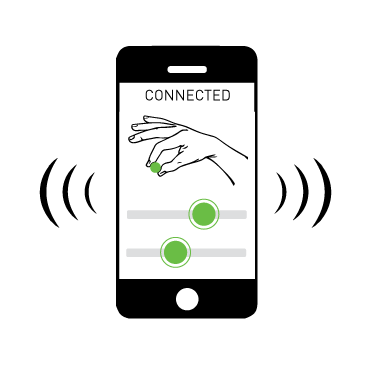
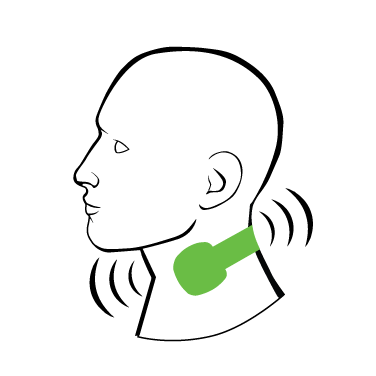
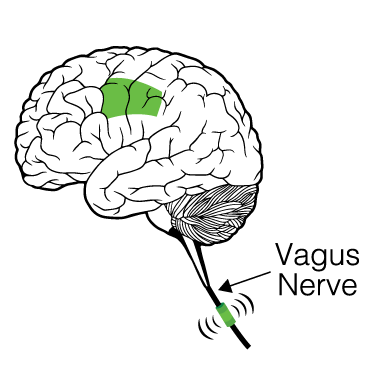
Technology for Lower Limb Rehabilitation
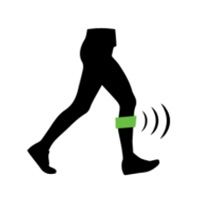
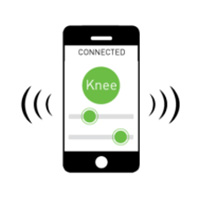
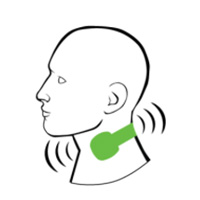
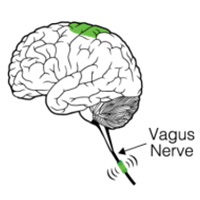
Videos
Related Publications
In the News
The Next Step
Our goal is to fund the next phase of Targeted Plasticity Therapy to treat spinal cord injury and to dramatically reduce the cost to deliver this therapy to patients.
